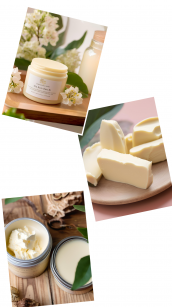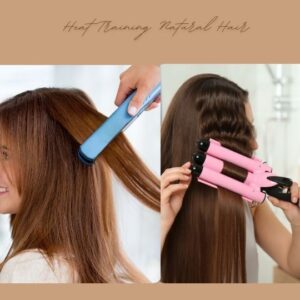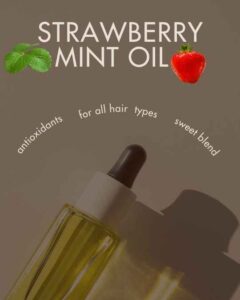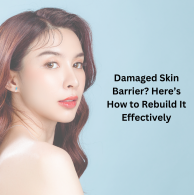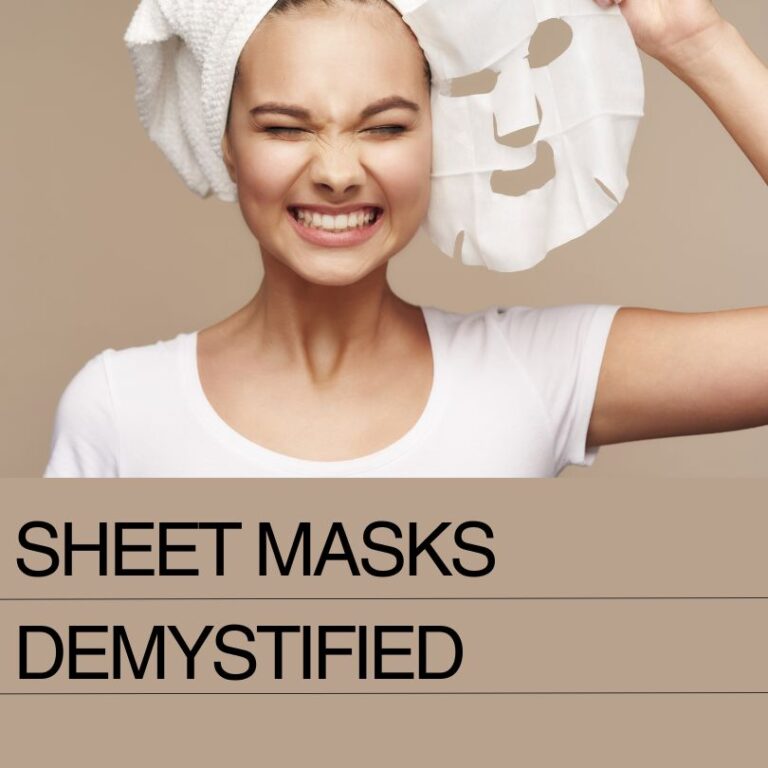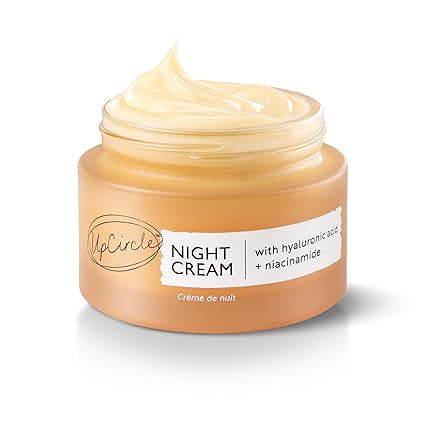While shea butter is generally safe for most people, it does come with some risks and disadvantages of shea butter.
Disadvantages of shea butter:
Allergies:
Shea butter is beneficial for reducing skin swelling and helping with conditions like eczema. However, one disadvantage is that it can cause allergic reactions, especially in individuals with latex sensitivities. People with latex allergies may experience redness or itching upon application, so testing a small area before use is advisable.
Clogging Pores:
Shea butter is highly moisturizing. The big disadvantage if you have acne-prone skin, it may clog your pores, potentially leading to blackheads or whiteheads.
Refined Shea Butter:
Another downside or disadvantage of shea butter is refined shea butter, which generally contains extra chemicals or preservatives that could irritate the skin. Therefore, raw or unrefined shea butter is recommended for better results.
Breakouts:
Due to its rich, oily nature, shea butter may exacerbate acne for some people, especially those with oily or combination skin. It’s essential to perform a patch test before full application.
Irritation:
In some cases, especially for those with sensitive skin, it triggers irritation, such as redness or itching. Always try it out on an inconspicuous spot initially.
Latex Sensitivity:
As mentioned, the latex component in shea butter can cause skin irritation or contact dermatitis in people with latex allergies, leading to rashes, swelling, or hives.
Overuse:
When Excessive use of shea butter on oily skin, may result in an overly greasy feeling or an undesirable buildup on the skin and hair.
Short shelf life
Another disadvantage of shea butter is its shelf life is not very long. If it smells like a bad flower, it is rotten and spoilt. You have to throw it away.
Malassezia
Shea butter, along with oils like jojoba and human sebum, contains fatty acids that can feed Malassezia yeast, a natural skin yeast linked to conditions like dandruff and seborrheic dermatitis. Malassezia thrives on lipids like oleic acid (found in shea butter), which can lead to skin reactions in individuals sensitive to it. If you have Malassezia, using shea butter or similar oils might lead to darker patches or hyperpigmentation, especially in affected areas. Switching to antifungal oils (e.g., tea tree or neem oil) can help minimize this reaction by reducing the yeast on the skin.
Precautions and Recommendations:
Before you reach for the shea butter and smear it on your face or body, conduct a patch test by applying it to an inconspicuous area like your inner elbow.
- Another of the properties of shea butter is moisturizing, so you can use it on your skin too but again you are going to replace sunscreen here slap that SPF on whilst out in the sun longer term.
- Steer clear of shea butter if you are allergic to latex or see a dermatologist first.
- Use raw shea butter to avoid adding irritants and chemicals.
- Shea butter is generally safe to use on the skin during pregnancy and breastfeeding, commonly applied for moisturizing and stretch marks. It’s low in allergens, so skin reactions are rare, but a patch test is wise if you’re new to it. Eating it in food-level amounts is safe, but larger doses aren’t well-studied. For any concerns, consult a healthcare provider.
By understanding these risks and taking the proper precautions, you can enjoy the benefits of shea butter safely.
27 Amazing Benefits of Shea Butter for Skin and Hair
Perhaps nothing embodies beauty like nature herself, and this might explain Shea butter—a natural remedy, moisturizer, and protector. We get our shea butter from the nuts of the shea tree, which is native to West Africa (Ghana, Nigeria, and Burkina Faso). Shea butter is known for its lipid-rich content filled with vitamins, essential fatty acids, and antioxidant properties that are widely used in the skincare and haircare industry.
So, Let us dive into its benefits in detail the important elements, and why everyone loves Shea butter all around ze world!!
Key Compounds and Beneficial Acids in Shea Butter
- Vitamins A and E: These are potent antioxidants that promote cell regeneration, help repair damaged skin, and provide UV protection.
- Fatty Acids:
- Oleic Acid: A monounsaturated fat that softens and smooths both skin and hair.
- Stearic Acid: A fatty acid that provides moisture and acts as an emollient, perfect for fading dark spots or rough patches.
- Palmitic Acid: Helps keep skin hydrated by sealing in moisture.
- Linoleic Acid: An omega-6 fatty acid that supports hair and skin health.
- Cinnamic Acid: Known for its anti-inflammatory properties, this compound helps calm redness and irritation, making shea butter ideal for sensitive or problem skin.
3 types of shea butter
Shea butter comes in different types based on processing methods and purity. Here are the main types:
- Raw/Unrefined Shea Butter: This is the purest form, extracted without chemicals, preserving its vitamins and nutrients. It’s usually yellow or beige with a nutty smell. It is also called pure African shea butter.
- Refined Shea Butter: Processed to remove impurities, scent, and color, making it white and more neutral. However, some nutrients may be reduced.
- Ultra-Refined Shea Butter: Highly processed for cosmetics and Shea Butter oil, often mixed with additives for a smoother texture. It has fewer benefits than raw shea butter.
27 Benefits of Shea Butter for Skin and Hair
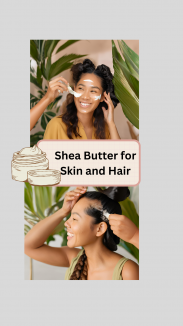
Skin Benefits
- Deep Hydration
- Anti-Aging
- Skin Elasticity
- Eczema Relief
- Natural Sun Protection
- Scar Reduction
- Arthritis
- Smooth Lips
- Calming Sensitive Skin
- Prevents Ashiness
- Softens Rough Areas
- Acne-Friendly Moisturize
- Natural Makeup Remover
- Anti-Inflammatory Benefits
- Barrier for Cold Weather
- Diaper rash
Hair Benefits
- Moisturizes Dry Scalp
- Frizz Contro
- Shine Booster
- Enhances Hair Growth
- Prevents Breakage
- Heat Protectant
- UV Protection for Hai
- Defines Curls
- Repairs Chemical Damage
- Detangles Hair
- Dermatitis
Why Shea Butter Remains a Popular Choice
The conclusive answer is that usually, Shea butter is non-comedogenic in general but its rich benefits spectrum makes it one of the most loved ingredients around the world. Simple to apply, packed with nutrients, and eco-friendly, it is a staple in the natural beauty kit for both amateurs and experts alike.
With its naturally nourishing composition and an entire medley of beneficial properties, it is easy to see how she became an absolute staple in hair and skincare routines. Its transformative properties range from ultra hydration to improving skin elasticity making it an invaluable addition to any beauty routine.

